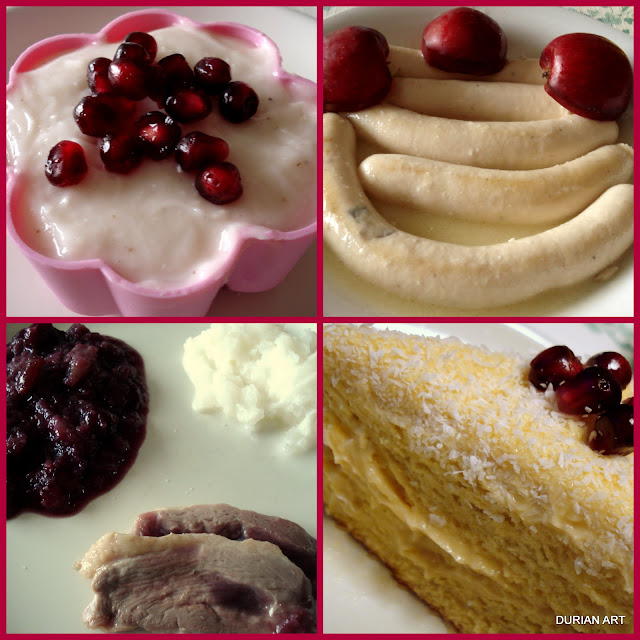This blog is pacifist, throw away the sword, fight with soba noodles. As every year, I’ve eaten these noodles to pass safely into the next year. You need some kind of rope to retain you in case you’d fall in that calendar gap…
Well that’s not as if I need a pretext to eat soba, it’s more that I won’t miss any.
More Japanese New Year traditions here…/a>
Well the chrysanthemum is the symbol of the Imperial family, thus of Japan… And it’s season food. You have seen some on sashimi plates probably. Leaves are called shungiku (Spring chrysanthemum) are available in this season to add to hot pots.
This type has particularly wide leaves.
They make so big discounts on fresh soba on the last day that I had enough for a decade. I could remake some in daylight for photos.
This year’s ingredients. There are often shrimps in New Year dishes.
The noodles are boiled apart. The shrimps and shungiku greens poached in tsuyu (dashi, mirin, soy sauce). Then add the colorful stuff on top :
Yummy !









